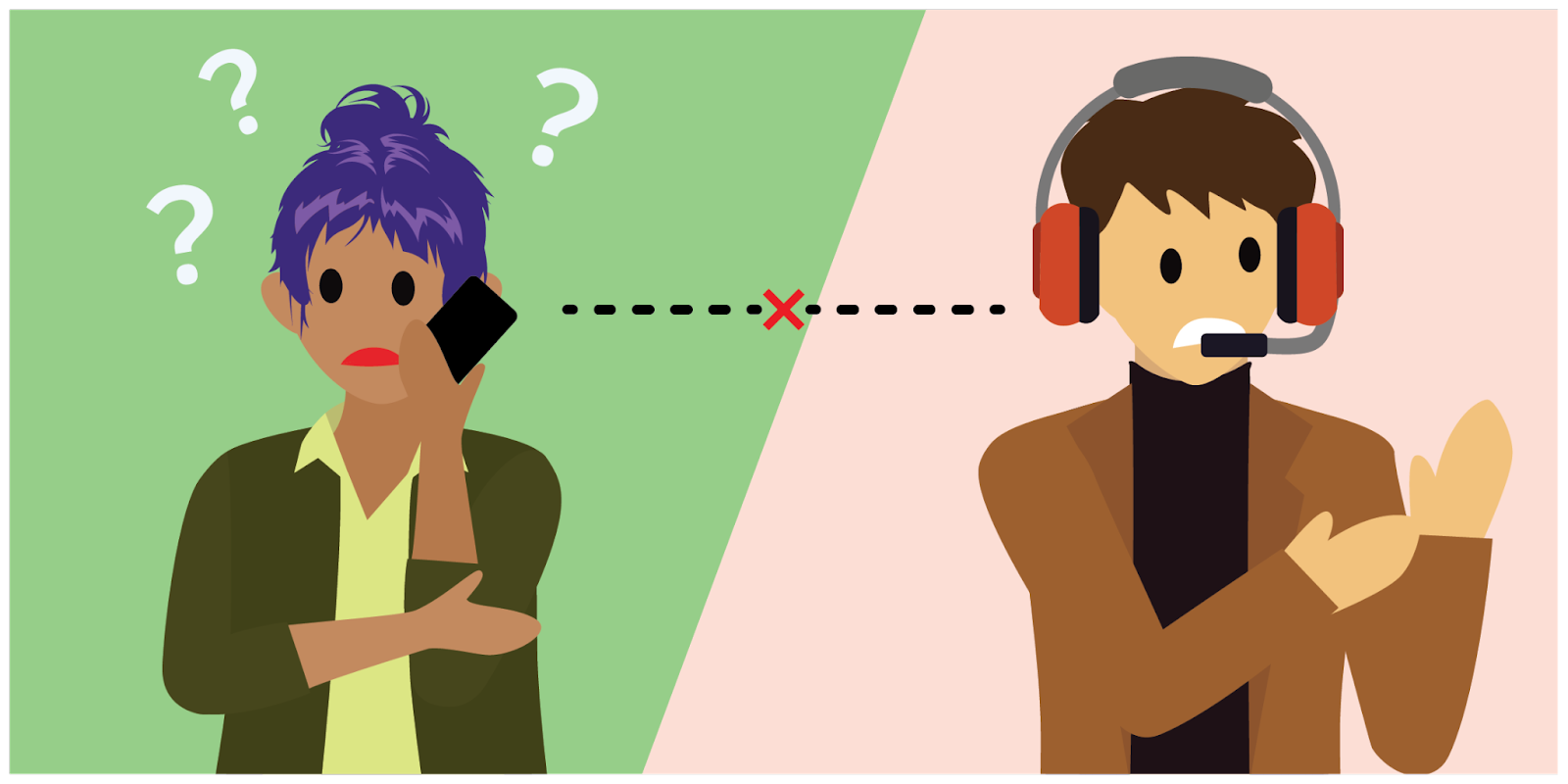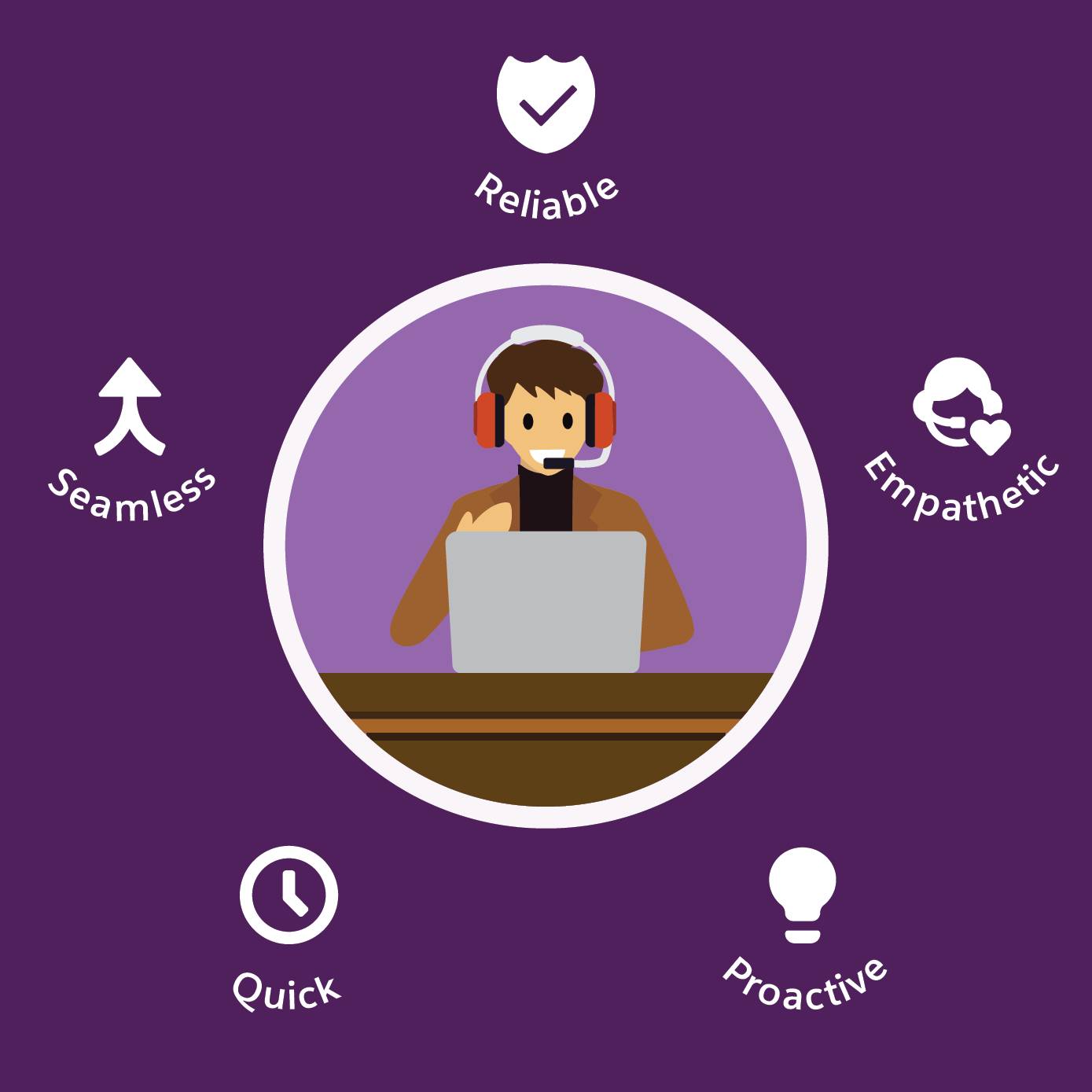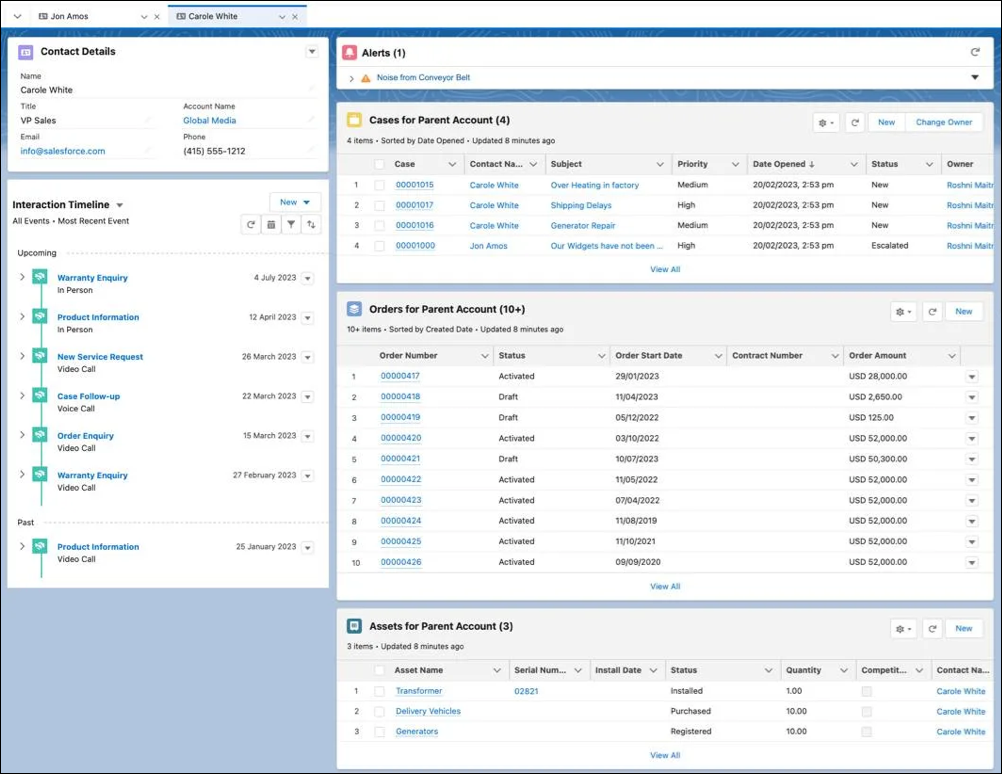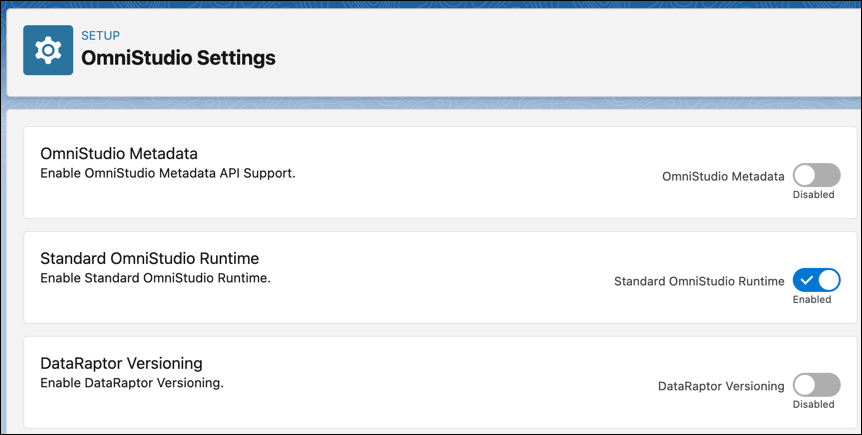Discover Service Innovations Features
Learning Objectives
After completing this unit, you’ll be able to:
- Describe the challenges with providing good customer service.
- List the requirements that service teams and partners commonly have for an enhanced service experience.
- Outline the features that the Industries Service Excellence license provides.
- Identify the permissions and features you need to work with the Service Innovations console.
Disengaged Service
Business at Rayler Parts is growing rapidly, and the company has used Salesforce to meet customer expectations and to strengthen and streamline its sales and operations process.
But what’s happening after sales? How is Rayler Parts maintaining trust with its partners and customers during service interactions? How do service representatives and support engineers at Rayler Parts manage their work and what are their challenges?
At Rayler Parts, service can center around channel partners, end customers, the assets sold, or any combination of the three. Service teams work separately from sales teams and are often siloed in the processes and systems they use. In addition, a service team can consist of both internal employees and third-party technicians.
Uniting sales and service data to provide a seamless experience to partners and customers has proven to be difficult at Rayler Parts.
Sales and Service Are Complementary Processes
It’s a common misconception that service starts after sales. At Rayler Parts, the support team often answers queries during the sales process, or even during the presales process. Prospects, customers, partners, and people working in other departments inquire frequently about their orders, pending payments, general product knowledge, and more.

In a recent survey conducted by Rayler Parts, its customers reported that their primary pain point is the lack of timely and effective service communication. The contact center team at Rayler Parts also agrees that a unified view of the caller is important to the overall service process.
Cindy Jones, the Salesforce admin at Rayler Parts, understands the urgent need for change and seeks a solution. She investigates what the service department and customers consider an ideal experience.
The Need of the Hour
To understand what makes a successful conversation, Cindy gathers the requirements of the service representatives and creates a consolidated report. Here are the key issues she finds.
-
Cases don’t capture all details: Currently, each time a customer contacts the call center, the agent creates a new case record for the query. But the records aren’t connected, so critical information gets lost. Agents want easy access to details like the type of interaction (inbound or outbound), topics covered, and other interactions with the same customers. The interaction channel, duration, and prior interactions are also important.
-
Caller identity isn’t verified and the reasons for the call aren’t captured: There’s no consistent process to capture the reason for a call or to verify the identity of the caller. Agents want to select from a list of common call reasons, and then easily authenticate a registered user or a guest using details like name, phone number, or email address.
-
Context about the caller is unavailable: When a customer calls in, the service agent logs in to multiple applications to gather data about the customer. There’s no single source that shows a holistic view of the caller. To ensure the conversation is meaningful, agents must know the caller’s open orders, repair and maintenance history, service cases, agreements, related assets, as well as the type of rebate programs and incentives they’re eligible for.
-
Agents can’t act while on a call: During an interaction, a service agent may need to quickly schedule an appointment, follow up on a task, log a case, create a work order, or trigger a business process. Currently, the agent has no way to initiate these actions during the interaction, which causes a disjointed experience. Agents want the option to act on certain records or create specific tasks without losing the context of the caller and the conversation.
-
Customers are unhappy with reactive service: Customers often want proactive service, such as product recommendations, warnings about upcoming warranty expirations, or reminders about agreement renewals. If the agent doesn’t have a 360-degree view of the caller, they can’t offer intelligent recommendations and proactive service.
-
Agents lack customer knowledge: Customers get frustrated when the agent doesn’t have prior knowledge about the issues they’re facing. Agents want one quick and easy view of all prior engagements with the caller and related details, such as topics discussed and people in the call.
-
Audit trail isn’t maintained: For admins who periodically monitor and analyze customer interactions, an audit trail is required that can easily be used as a report. Admins must be able to quickly filter verified interaction records by time and other criteria.
-
Precious time is lost in documenting customer interactions: After every customer interaction, agents spend several minutes documenting it for future reference. To improve their productivity, agents want to spend less time on documentation and more time helping customers.

Cindy now understands the issues and is determined to find a solution. The VP of Service, AMER, Najma Omaar, wants to meet with Cindy next week to discuss the plan for a connected and intelligent service experience that they can roll out next year.
Cindy contacts her Salesforce account executive and is pleasantly surprised to hear that Salesforce isn’t limited to sales capabilities. Service Innovations for customer service is a new offering that addresses all the concerns that Najma and her team faces. Cindy wants to find out more.
Service Innovations at Your Service
Service Innovations for customer service delivers a suite of components and automated workflows that aim to increase agent productivity and customer satisfaction. The biggest draw for Cindy is the seamless integration of these features with the Service Innovations console in Salesforce. The console is at the heart of the service experience and acts as the single source of truth for all stakeholders involved.
It’s clear that Service Innovations provides all the tools Rayler Parts needs to resolve the issues, so they obtain a few Industry Service Excellence add-on licenses. Next, Cindy starts implementing the Service Innovations features.
Components and the Console
Before Cindy sets up the features and components, she gets familiar with key concepts and features:
- Identity Verification
- Engagement data model
- Timeline
- Action Launcher
- Einstein Summary
- Record Alerts
- Audit Trail

You learn more about these features in the upcoming units.
Permissions and Features
Cindy’s ready to get started. First, she enables these Service Innovations features in the org:
-
Timeline allows admins to create timelines and unlocks the default Interaction Timeline configuration, which shows a chronological list of engagement interactions.
-
Standard Omnistudio Runtime lets admins create and configure record alerts using the Flexcard Designer and Integration Procedures. The Record Alerts Flexcard component is included in the Service Innovations console. With this feature, admins can also include Omniscripts in the Action Launcher deployments. Standard Omnistudio Runtime is available only in Salesforce Industries cloud solutions.

Next, Cindy assigns these permission sets to herself and Najma.
- Industry Service Excellence
- Omnistudio Admin
- Omnistudio User
- Product Catalog Management
- Einstein GPT Platform
- Einstein for Service Innovations
In the next unit, follow along as Cindy sets up the org with the required features and permissions. She also explores the typical service experience that agents have using the console.
